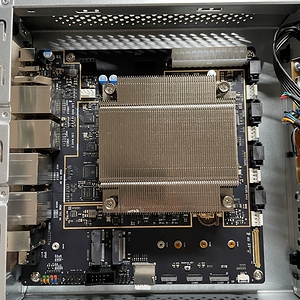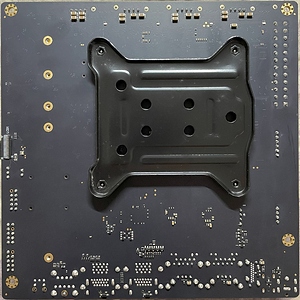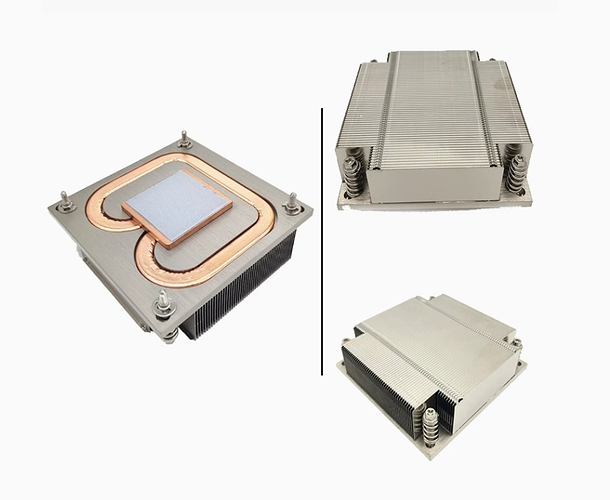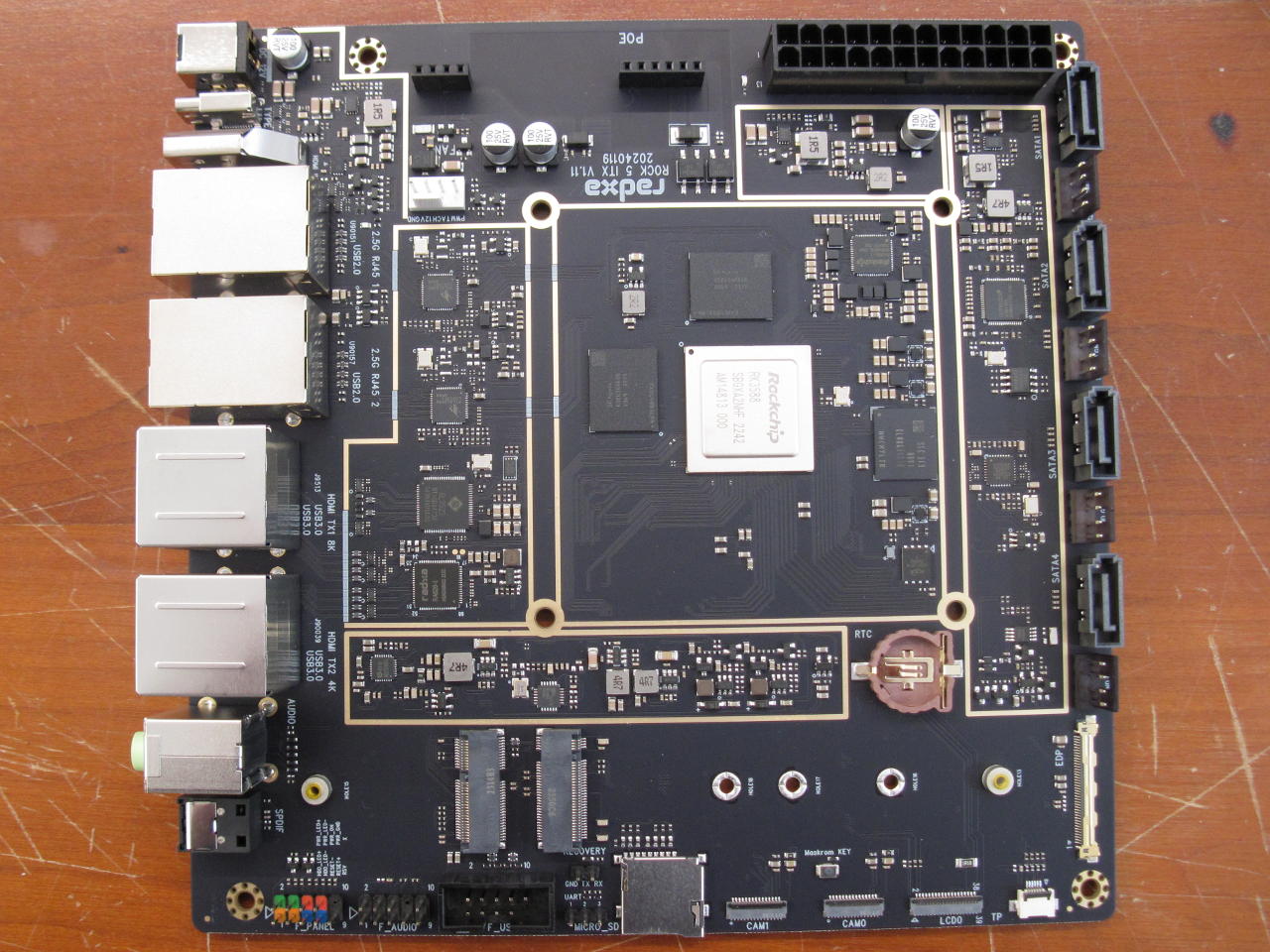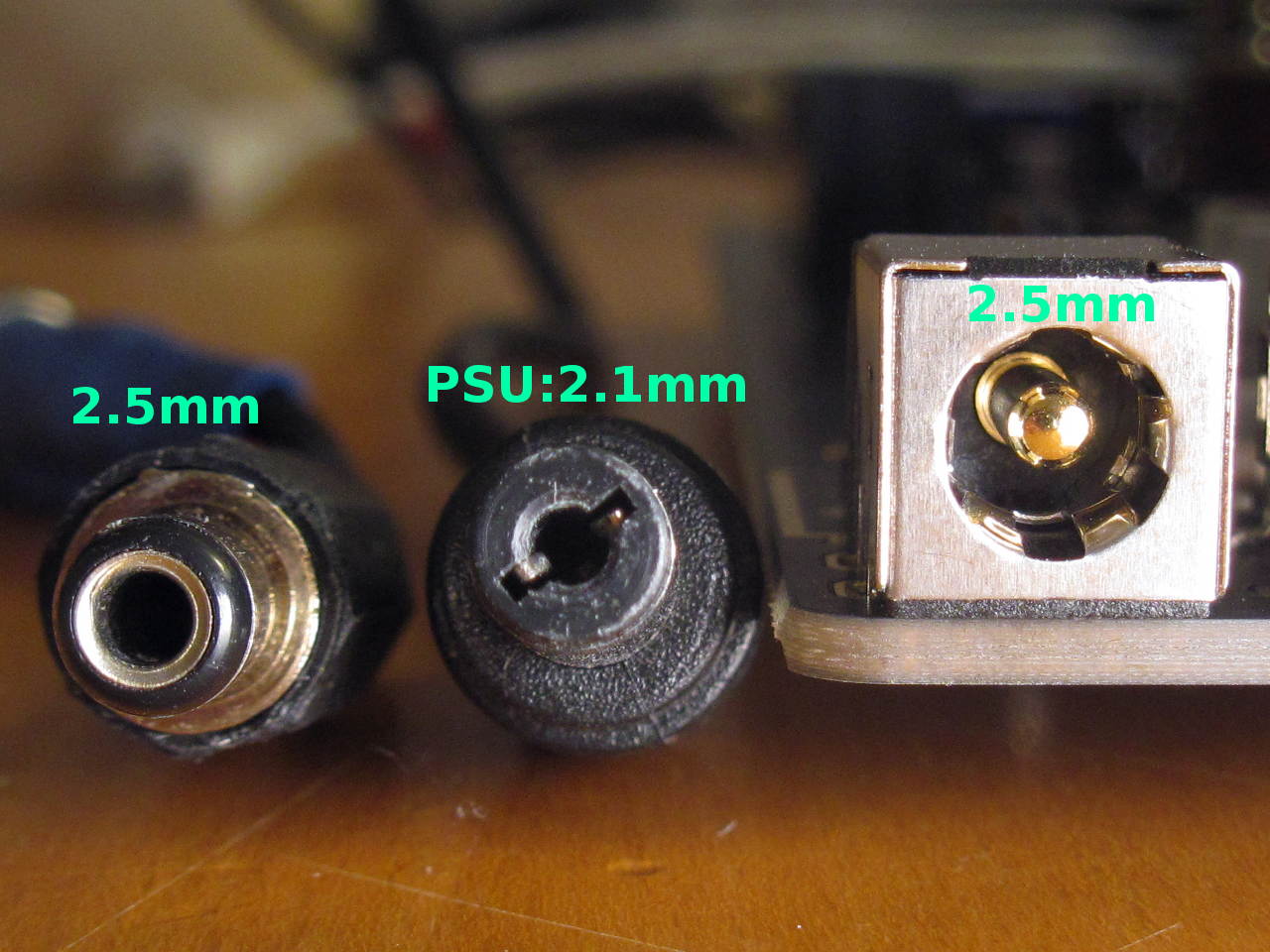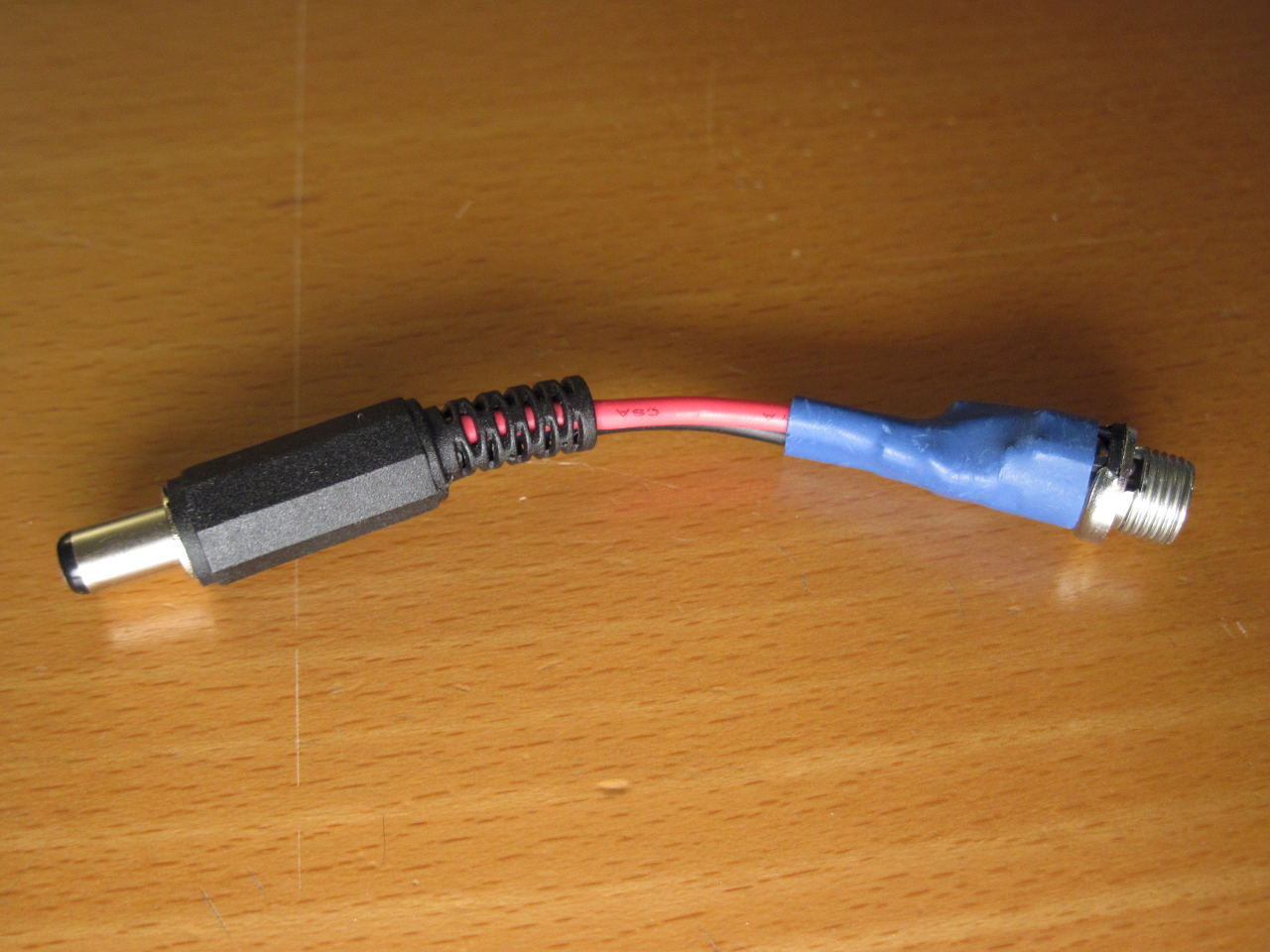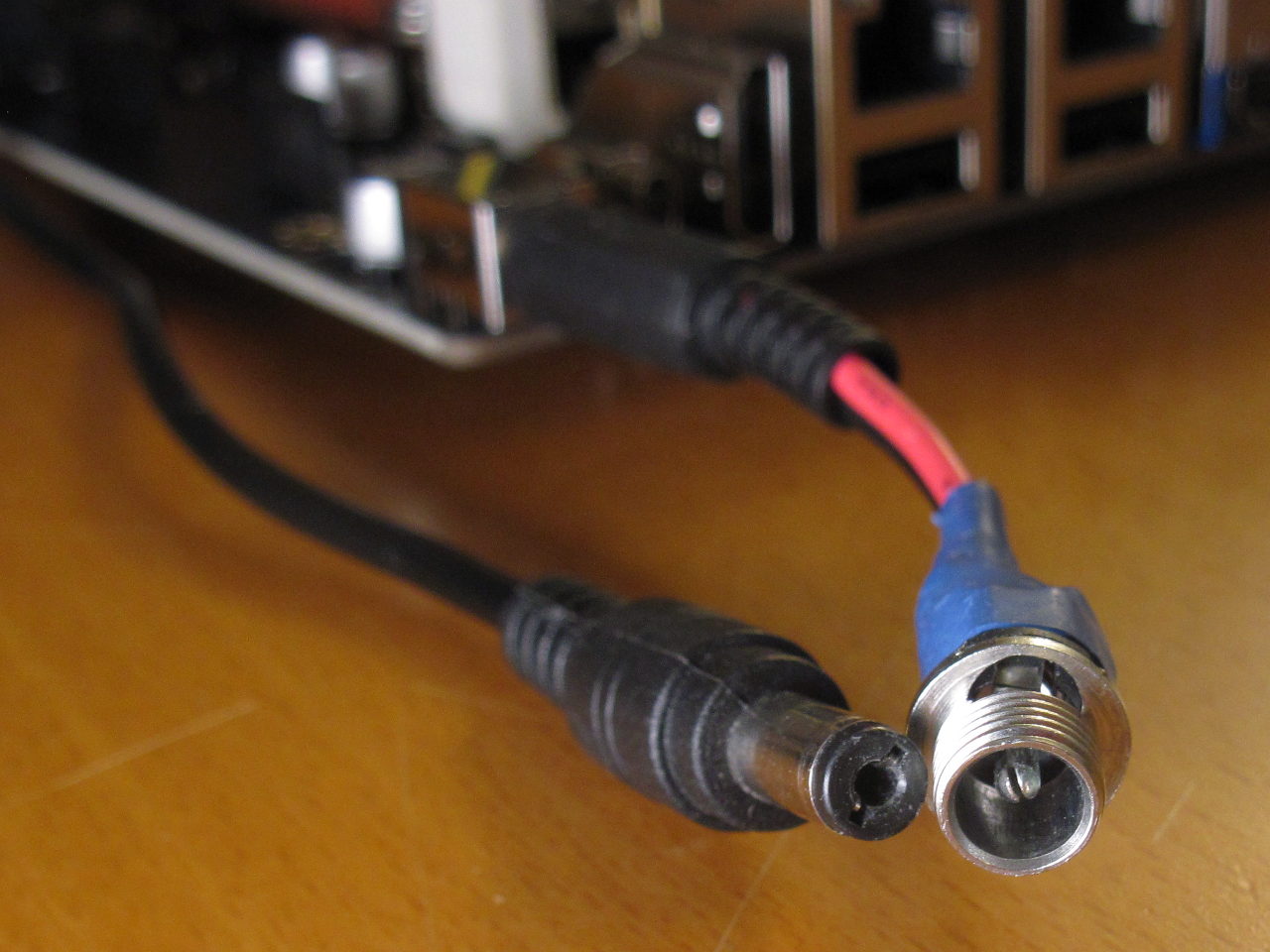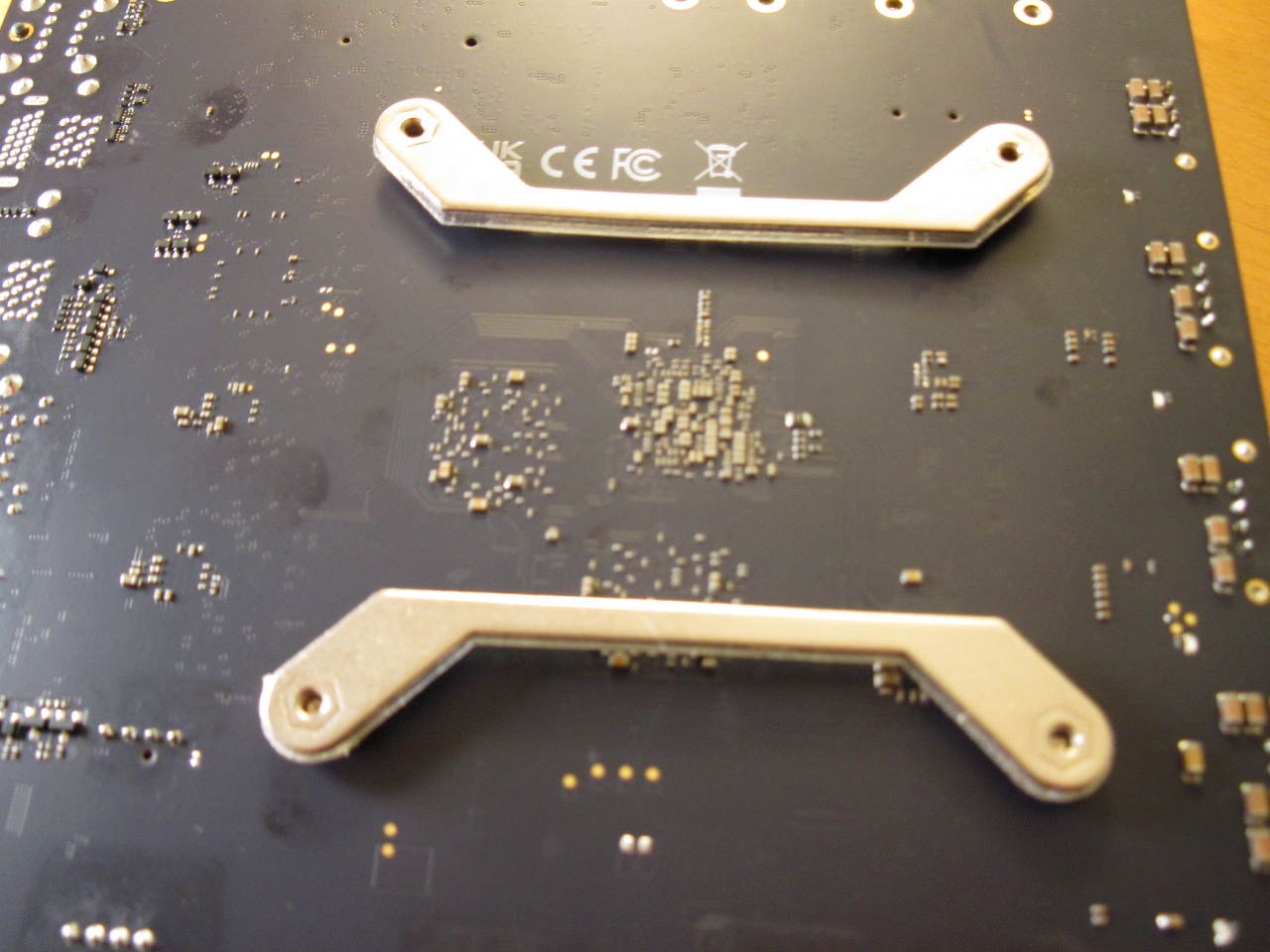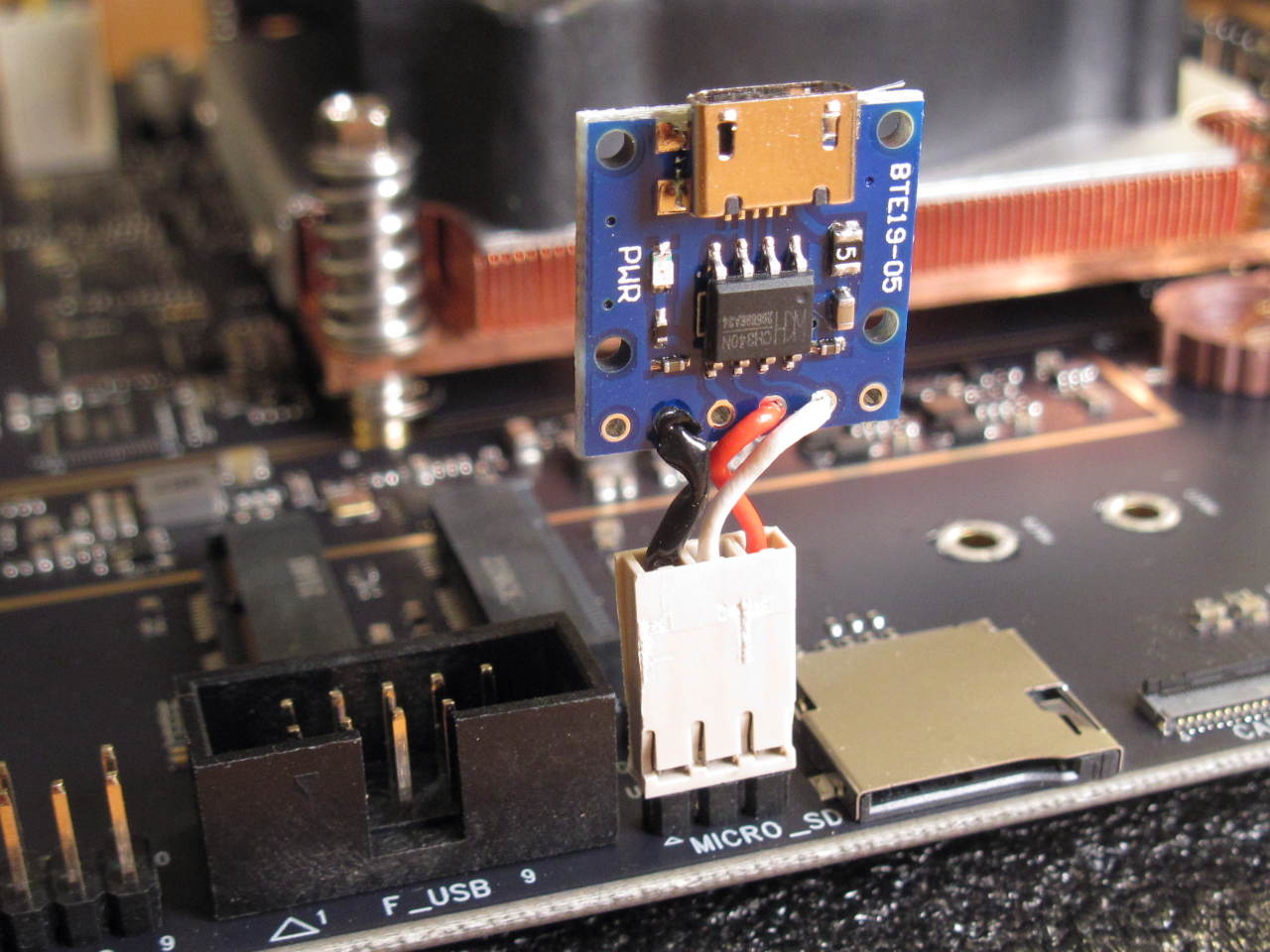Are you talking about power[super]save? You changed that in 2022 directly after reporting my findings back then. And adjusting the policy doesn’t change anything:
root@rock-5-itx:/home/radxa# echo performance > /sys/module/pcie_aspm/parameters/policy
root@rock-5-itx:/home/radxa# lspci -vvPPDq | awk '/ASPM/{print $0}' RS= | grep --color -P '(^[a-z0-9:./]+|:\sASPM (\w+)?( \w+)? ?((En|Dis)abled)?)';
0001:10:00.0 PCI bridge: Fuzhou Rockchip Electronics Co., Ltd RK3588 (rev 01) (prog-if 00 [Normal decode])
LnkCtl: ASPM Disabled; RCB 64 bytes, Disabled- CommClk+
pcilib: sysfs_read_vpd: read failed: Input/output error
pcilib: sysfs_read_vpd: read failed: Input/output error
0001:10:00.0/11:00.0 SATA controller: ASMedia Technology Inc. ASM1164 Serial ATA AHCI Controller (rev 02) (prog-if 01 [AHCI 1.0])
LnkCtl: ASPM Disabled; RCB 64 bytes, Disabled- CommClk+
0003:30:00.0 PCI bridge: Fuzhou Rockchip Electronics Co., Ltd RK3588 (rev 01) (prog-if 00 [Normal decode])
LnkCtl: ASPM Disabled; RCB 64 bytes, Disabled- CommClk+
0003:30:00.0/31:00.0 Ethernet controller: Realtek Semiconductor Co., Ltd. RTL8125 2.5GbE Controller (rev 05)
LnkCtl: ASPM Disabled; RCB 64 bytes, Disabled- CommClk+
0004:40:00.0 PCI bridge: Fuzhou Rockchip Electronics Co., Ltd RK3588 (rev 01) (prog-if 00 [Normal decode])
LnkCtl: ASPM Disabled; RCB 64 bytes, Disabled- CommClk+
0004:40:00.0/41:00.0 Ethernet controller: Realtek Semiconductor Co., Ltd. RTL8125 2.5GbE Controller (rev 05)
LnkCtl: ASPM Disabled; RCB 64 bytes, Disabled- CommClk+
In the thread mentioned ASPM status of all PCIe devices reads ASPM L1 Enabled.
Edit: adding pcie_aspm=force to kernel cmdline doesn’t change anything.


